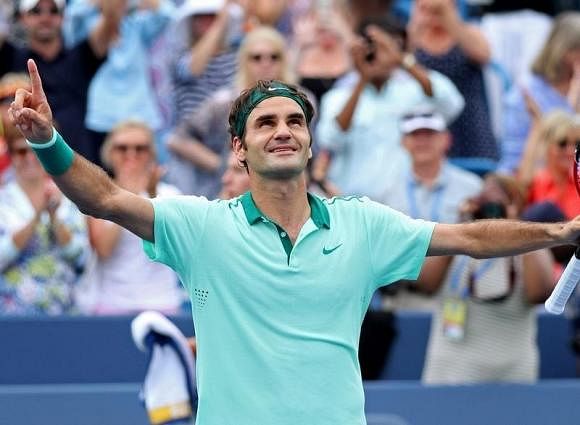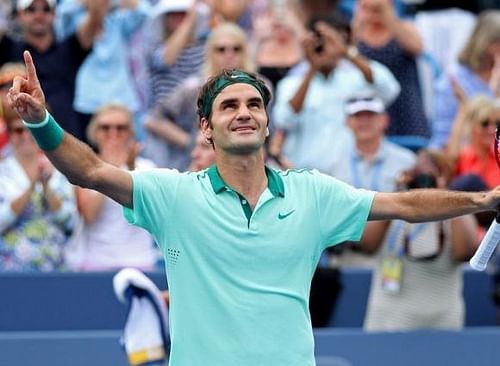
Roger Federer and his new style of poetic flamboyance

Introduction
This time, the previous year, Roger Federer was a different player struggling with his fitness and form. There were more questions raised about his future and continuity than there were statements about them.
The entire world saw him try and battle through it and tried to lend their helping hand by offering commiserations, advices and suggestions on what he could do – at times, at what they felt he needed to do and what he shouldn’t. It was chaotic and quite surreal to see these transpiring in a man who always looked indefatigable.
The Initiation of Change
Federer’s silence was only interrupted with his answers that hid more than they revealed. But unknown to anyone, as always, the cogs of change were already being set in motion by the 17-time majors’ winner.
In October 2013, Federer’s three-year long association with coach Paul Annacone came to an end. There was no manifestation of blame-game or ill will displayed by either party. But instead, it was a matured way of accepting that the partnership had run its course with several of their pre-mapped objectives being fulfilled.
This move coincided with another significant change with Federer testing a bigger racquet head. The clamoring for the Swiss to start employing a 98 square inch frame, in order to get a better ‘sweet spot’ had been growing with each passing loss in 2013. Though Federer outwardly remained impassive to these, the testing of a new racquet head proved that he was open to options that could help revive his form.
2014 – A New Start
The indoor hard court season saw Federer recoup for his less-than-habitual performances at the start of the season. His effort saw him reach the World Tour Finals for the 12th consecutive time and convincingly reached the semi-final to play against Rafael Nadal.
It was the start of better things to come.
The 2014 season saw Federer hire Stefan Edberg to be a part of his coaching team and utilise a bigger racquet frame. The positive changes intended to bring back the heady days of serve-and-volley tennis that the Swede was known for.
The promises were kept as Federer romped into the final at the Brisbane Open, making a huge statement before the Australian Open. Even at the Australian Open, his confidence was palpable as he wrapped up matches easily against Tsonga and Murray to make it to the semi-final, eventually losing to his arch-nemesis, Nadal.
Continuation
The contrasts of the Swiss’ statistics between last year and this year – despite Federer’s injury issues – are quite pronounced. In the whole of last season, Federer was able to win just four matches against top 10 players. It is a different story this year, with Federer winning thrice that number with the entire indoor season still remaining in the fray.
As expected, serve-and-volley too has had its place contributing majorly to Federer’s rejuvenation. In the final against David Ferrer at Cincinnati, Federer had won around 73% points coming in. It was a telling fact that spoke volumes about Federer’s tactic to be agrresive rather than being defensive by staying closer to the baseline and allowing Ferrer to dictate proceedings.
In the faster hard courts at Flushing Meadows, shots like these would definitely help the Swiss in his bid to clinch a first US Open in six years.
Exercising Caution
However, caution does need to be exercised, as there is a telling side to these positives changes. The biggest being that more prolonged the length of the points by way of more groundstrokes, Federer has been unable to win many of them. Against Ferrer, this was obvious with the Spaniard winning most of the points in which rallies were beyond five shots.
These reasons are why recent victories should be taken with a pinch of salt without giving in to the lure of brighter expectations from him.
Expectations may or may not be able to be circumstantially achieved by the one man whose game is realistically perfect rather than an ideal perfection.